Smart city technology is going beyond data-collecting sensors in streetlights and on garbage containers. It’s expanding to beaches and parks, creating a feedback loop that will allow local Barcelona Metropolitan Area officials to better manage public spaces.
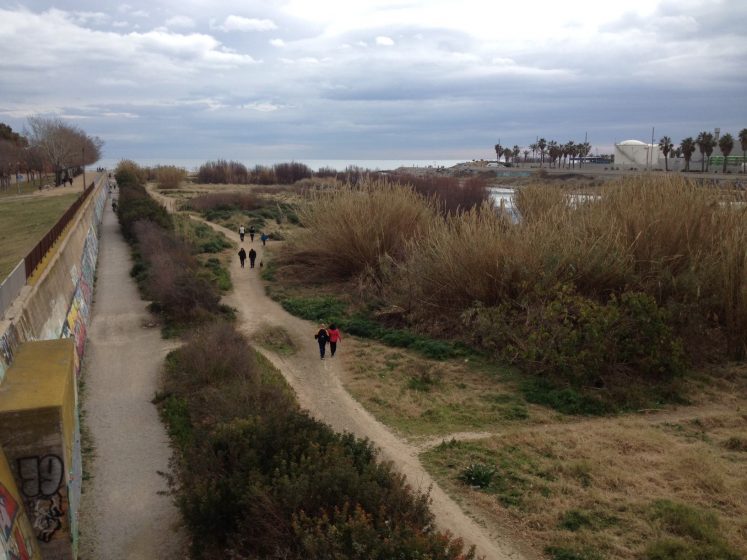
This technology adds a layer of big-data information that, ideally, will help cities fill gaps where their smart city development and environment sustainability plans intersect.
As in many urban areas, the Barcelona Metropolitan Area (AMB) is gradually updating how they engage with residents and looking for innovative, tech-driven ways to deliver greater efficiency and cost effectiveness from their everyday activities.
Many cities globally are already using these kinds of solutions to monitor traffic patterns, improve trash pickup schedules and adjust street lightning as conditions change. The next logical step is to see how citizens use open, public spaces—such as beaches and parks—to figure out how city departments can respond to changing needs, make necessary repairs to park and beach areas, and communicate information to park users and beach goers.
The technology leap
AMB is heading in this solutions-driven direction thanks to a deal with IBM.
A few months ago, AMB and IBM announced an agreement to use the company’s Intelligent Operations Center (IOC) software, cloud computing, and analytics tools to access, use, and respond to real-time information from parks and beaches within its 36-city jurisdiction.
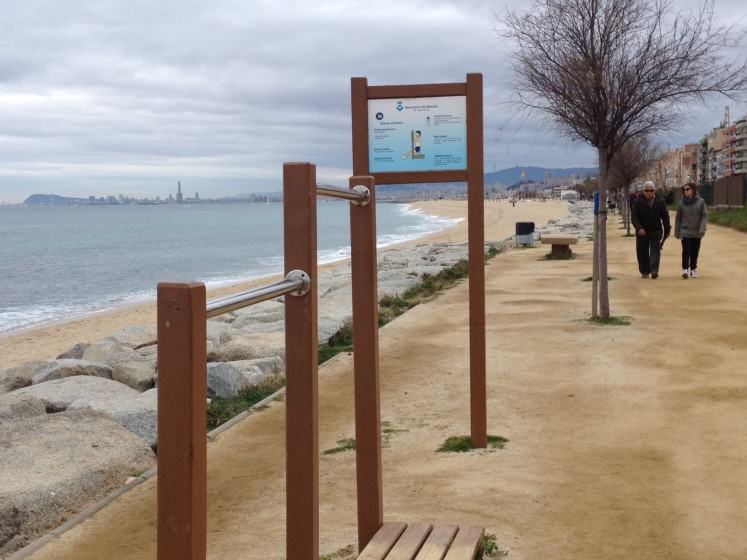
The scale of the project will potentially impact millions of residents and visitors. The greater Barcelona metro area accounts for about 43 percent of the approximately 7.5 million person-population of the autonomous region of Catalonia, and generates 51 percent of Catalonia’s GDP, according to the IBM press release and government statistics. Similarly, Barcelona and its surroundings continue to attract an increasing number of international and regional visitors, many of whom will likely find themselves strolling through local parks and nearby green spaces or enjoying the long stretches of the Mediterranean coastline during their stay.
At its core, the software will centralize all the park management information and provide AMB officials with a dashboard view of real-time happenings, scheduled events, and infrastructure needs. At the beach, the technology will be used to assess and organize demand for sports and entertainment usage and will help in monitoring and managing red flag warnings when there are rough ocean conditions or jellyfish, according to the press release.
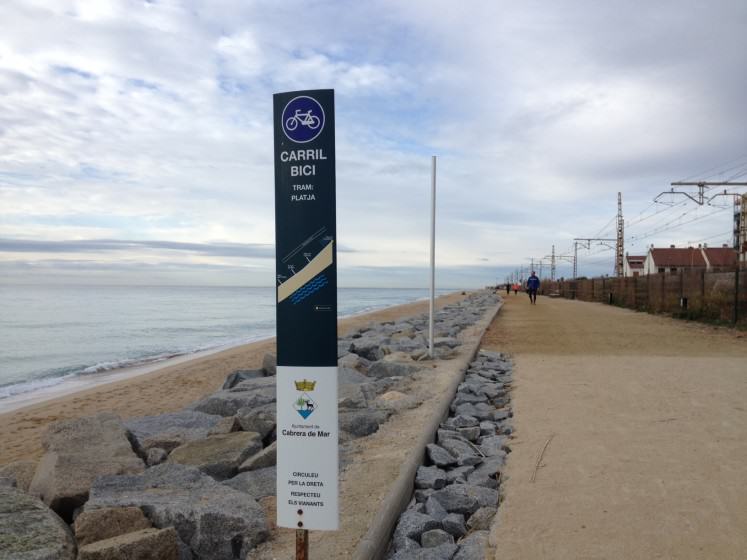
Here are a few other examples of how this centralization will work. As the software is deployed, AMB will be able to inform its 3.2 million residents living in the area about park remodeling projects, special event closures, and other things people would want to know about. From the citizen side, residents can report issues such as broken park benches with their mobile phones and check on the status of repairs. Eventually, AMB and its participating municipalities will be able to tap into additional areas using other IOC capabilities.
Despite several requests for an in-person interview and email responses to questions about how the technology would be used in today’s real-life scenarios and plans to expand it in the future, AMB officials declined to comment or provide additional details about the project pending municipal elections across Spain at the end of May, an AMB spokesperson said via email.
Generally speaking, IBM’s IOC solutions combine hardware, software services (both in the cloud or hosted onsite), preconfigured models analysis and best practices in urban systems management. They are specifically designed for emergencies and transportation and water management, Elisa Martín Garijo, director of innovation and technology at IBM Spain, told me via email.
In the case of water management—an important environmental concern for many urban regions, including Barcelona—the IOC solution helps cities to more efficiently manage water resources and to improve flood protection measures, Martín Garijo said. She added that some cities using the technology have been able to reduce water leakage within the municipal or regional supply system by up to 20 percent. The Netherlands, for example, launched a program a couple of years ago to optimize its flood control system and the country’s entire water system.
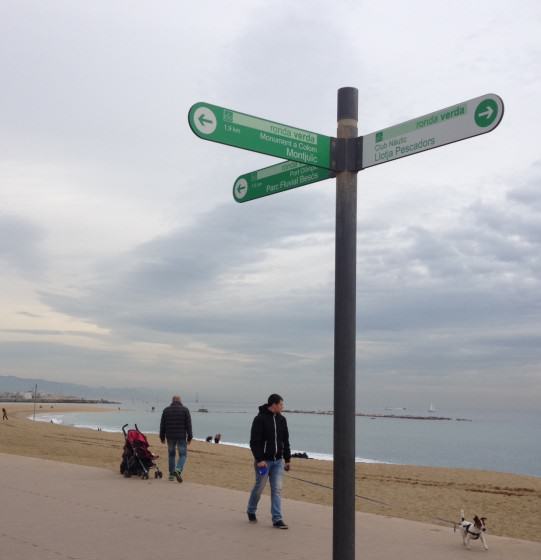
Madrid, too, is improving its environmental services with the help of technology, said Martín Garijo. The city’s recently announced the MiNT program, the largest project in IBM’s environmental services management portfolio, addresses several areas, including irrigation, tree and fountain management.
As these projects show, it’s just a matter of time before we see more smart solutions and big-data tools being applied to urban environmental sustainability projects. With luck, they will allow residents and city governments to make better open-space use decisions based on user-generated data and citizen needs rather than political agendas or budgetary limitations.
How are you seeing technology being used to integrate nature, big data, and the smart city? Tell us via Twitter @TNatureofCities.
Jennifer Baljko
Barcelona
About the Writer:
Jennifer Baljko
Jennifer Baljko is an avid traveler, longtime walker and a lifetime learner. She’s a city dweller who recently became a tree hugger (literally, she throws her arms around trees and hugs them), but feels at home almost anywhere.

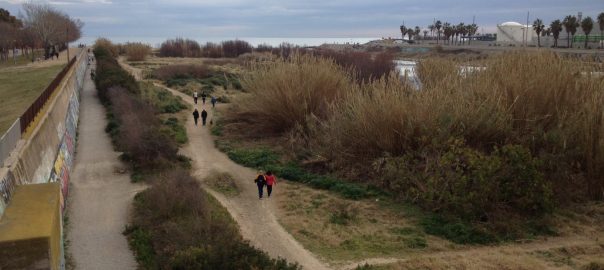



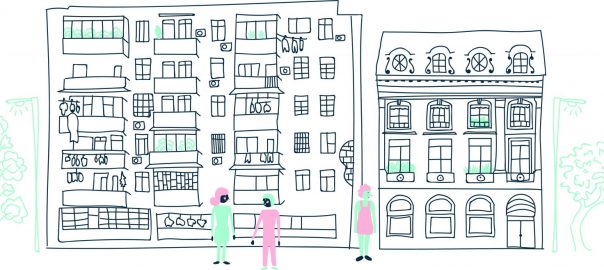
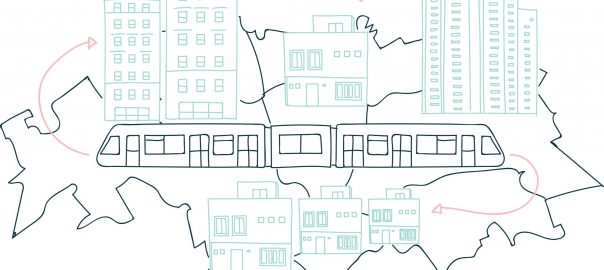
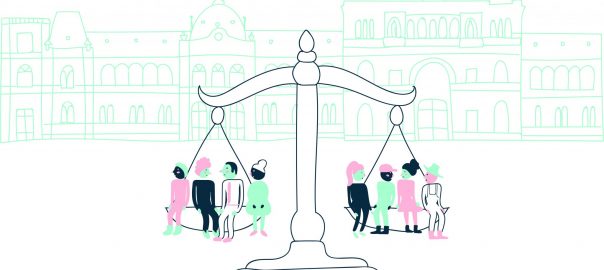
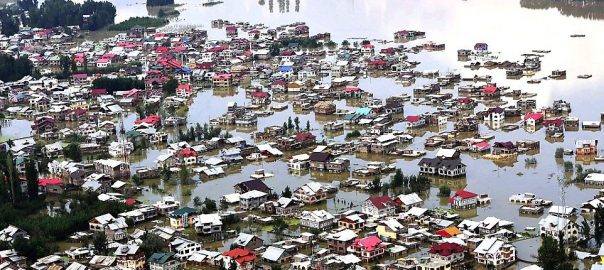
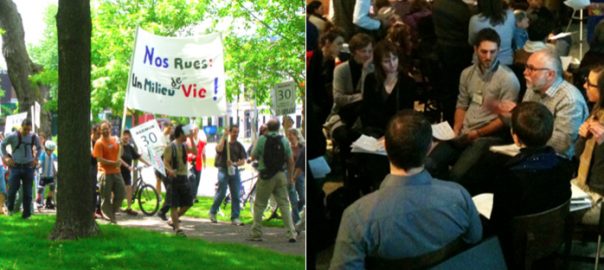
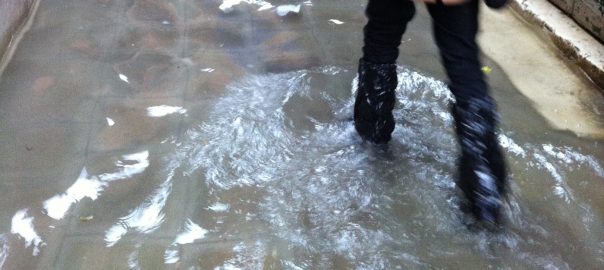

I really enjoyed your post about smart city technology in Barcelona (which also happens to be one of my favorite cities!). I think that technology can be a great way to make it easier for city governments and citizens to better understand how to make meaningful changes towards lowering their environmental footprint.
I am currently a Masters student at Columbia University in New York and am taking a course in Urban Ecology. I wanted to reach out and see if you would be willing to conduct a short 5-10 minute interview about smart city solutions and how you think a city like New York could benefit from a similar program. Looking forward to hearing from you!